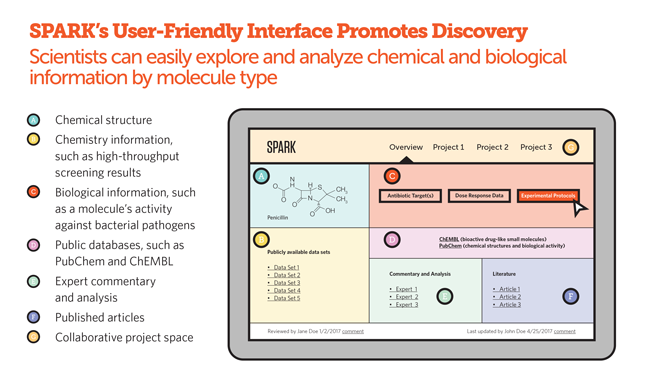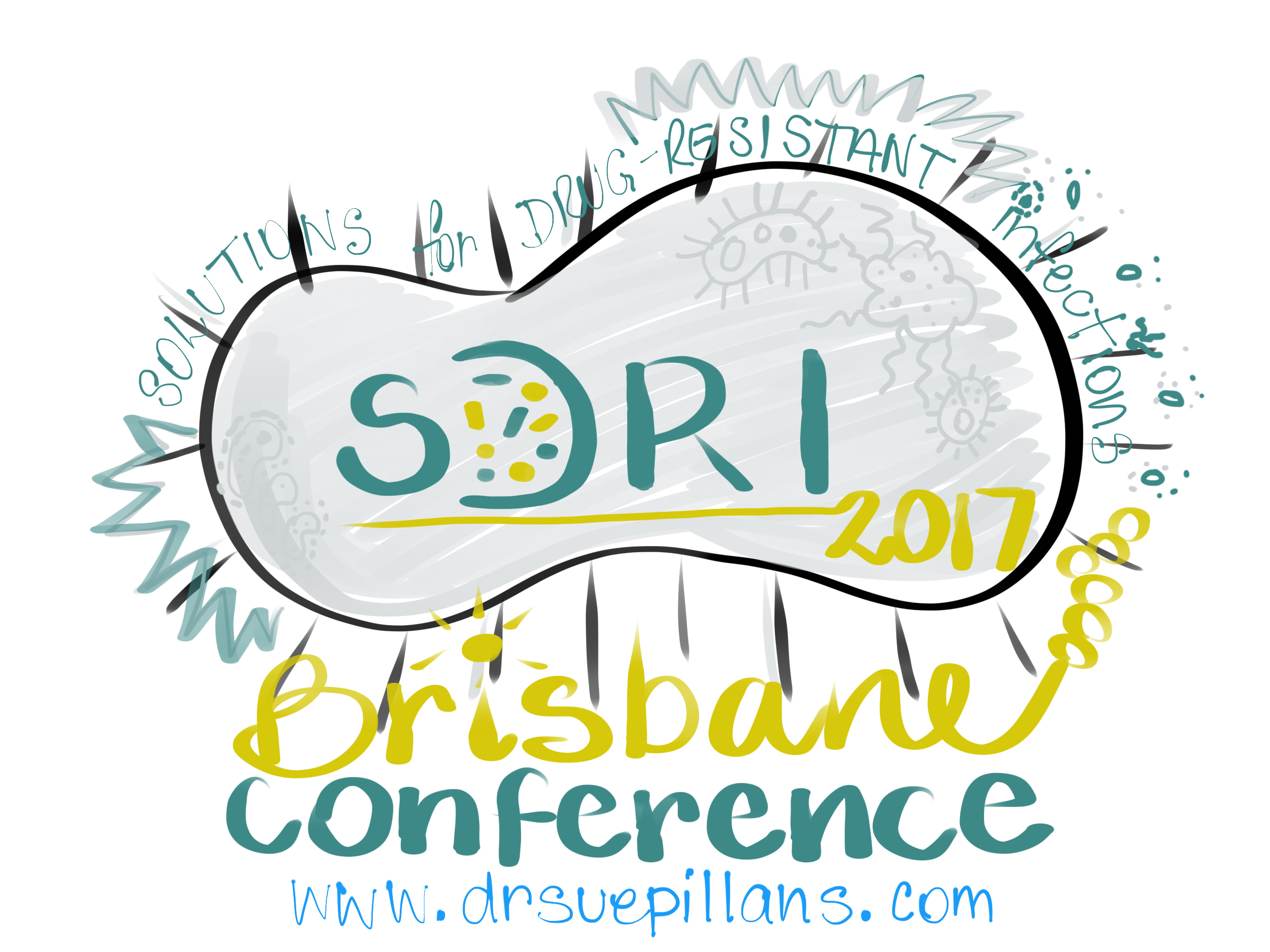SPARK - launched!
Exciting news! To help address antimicrobial resistance, The Pew has officially launched its Shared Platform for Antibiotic Research and Knowledge (SPARK) - a cloud-based, virtual laboratory that enables scientists to share data and insights, learn from past research, and generate new insights into how molecules enter and stay inside of Gram-negative bacteria.





